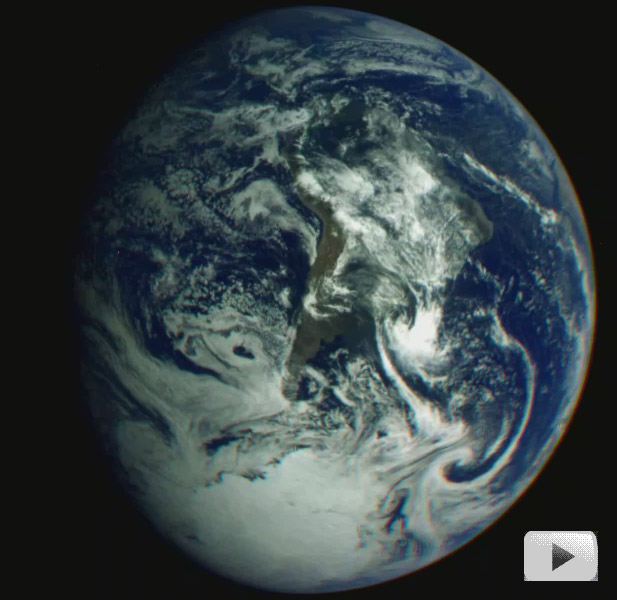 Bill Oefelein regressa à Marinha a partir de 1 de Junho.
Bill Oefelein regressa à Marinha a partir de 1 de Junho.Na sequência do triste caso de Lisa Nowak, que temos vindo a acompanhar neste blog, a NASA dispensou agora Bill Oefelein.
Apesar de não concordar com este tipo de decisão - afinal o que é da vida pessoal de cada um é de sua exclusiva responsabilidade, mesmo que se cometam ilegalidades - o facto é que após se ter decidido despedir Lisa Nowak, seria algo polémico, no mínimo, manter Bill Oefellein no quadro de astronautas da NASA.
O julgamento de Lisa Nowak continua marcado para Setembro.
Fonte: Orlando Sentinel
SCANDAL AT NASA
Boyfriend in Lisa Nowak astronaut love triangle ousted from NASA
Bill Oefelein's space career is ended by fallout from love triangle
Robyn Shelton
Sentinel Staff Writer
May 26, 2007
NASA is cutting ties with Bill Oefelein, the astronaut at the center of a love triangle that turned violent earlier this year.
The space agency announced Friday that Oefelein, an experienced test pilot and fighter pilot for the Navy, will be sent back to the military effective June 1.
Oefelein has admitted to being romantically involved with former astronaut Lisa Nowak, who is facing felony charges of attacking Oefelein's girlfriend in Orlando in February. Nowak, a Navy captain, already has been released from the astronaut corps and is working at a base in Texas.
A NASA spokesman would not discuss the end of Oefelein's space career, saying only that it is time for him to return to the Navy.
"The Navy and NASA mutually agreed to end his detail" with NASA, agency spokesman Jim Rostohar said at Johnson Space Center in Houston. "NASA determined his detail was no longer necessary."
Oefelein, 42, flew on shuttle Discovery in December and has been working at various technical assignments at JSC in recent months, Rostohar said.
His private life was dragged into public view after Nowak was accused of stalking and pepper-spraying Air Force Capt. Colleen Shipman on Feb. 5 in a parking lot at Orlando International Airport. Shipman is stationed at Patrick Air Force Base in Brevard County.
According to investigators, Oefelein had ended a romantic relationship with Nowak, who claims that she was only trying to talk with Shipman.
Nowak, whose trial is set for September, faces a possible life sentence on charges of attempted kidnapping and burglary with an assault. Military experts say Nowak and Oefelein also could be court-martialed on a charge of "conduct unbecoming an officer." Nowak is separated, and Oefelein is divorced.
A Navy spokesman would not say Friday where Oefelein, who holds the rank of commander, would be reporting to duty next week. Lt. Cmdr. Doug Gabos said the details still are being worked out. He would not comment on any disciplinary action that Oefelein might face.
"His case will be reviewed by his new commander, but we're not going to speculate on any possible outcome of his case," Gabos said.
A native of Alaska, Oefelein earned a bachelor's degree in electrical engineering from Oregon State University. He joined the Navy and earned his wings as a naval aviator in 1990. His early assignments included overseas deployments to the Persian Gulf as a fighter pilot.
After attending TOPGUN, the Navy Fighter Weapons School, Oefelein graduated in 1995 from the Navy's test-pilot school at Patuxent River, Md., where he later taught. In 1998, he was working as a strike-operations officer for a carrier wing in Virginia when he got the call telling him that he had been selected to join NASA's astronaut corps.
"A lot of folks who do that test-pilot work also went on to fly space shuttles," Oefelein said in an interview before his space voyage. ". . . at that point, it just seemed natural for me to go to the next phase and try to fly space shuttles."
During his 12-day mission in space, Oefelein and six crewmates helped rewire the electrical system aboard the international space station.






















